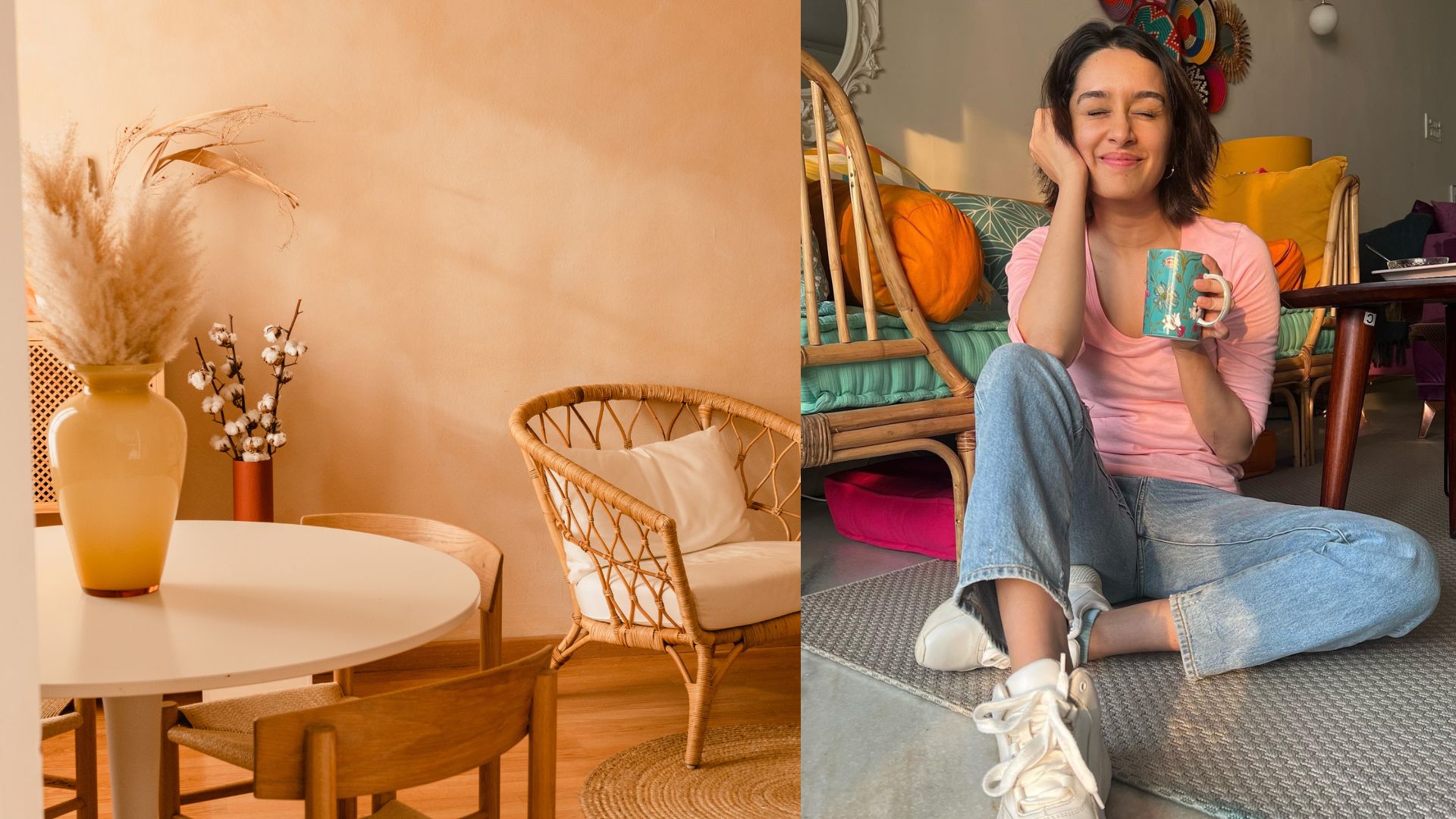Discover 5 powerful steps to create a stress-free home environment. Transform your space into a calming, peaceful sanctuary for relaxation and well-being.
In today’s chaotic world, our homes are our sanctuaries, small pockets of comfort in the world where we find an escape, a much-needed break from the pressures of our hectic daily lives.
However, achieving a stress-free home environment requires constant conscious efforts and attention to various aspects of our living space.
Setting the Stage for Tranquility: Decluttering & Change Lighting

The first step towards creating a stress-free home begins with setting up an environment at home that is peaceful and relaxed. A space that soothes our senses. To achieve this, decluttering the space is crucial.
Clutter in the surroundings creates a sense of unrest and chaos. Thus it becomes excruciatingly important to organise everything around us, get rid of unnecessary items and add elements that soothes our senses.
Also remember, lighting is really important for creating a comforting atmosphere. Natural light has positive impact on our mood and productivity, one can make the most of it by keeping the windows clear and using light-coloured curtains.
In the evenings, consider using soft, warm lighting instead of bright overhead lights to make your space feel cosy.
For instance, I myself was feeling overwhelmed a month ago. My productivity was declining. I decided to do something about it. I cleared my desk, replaced overhead single white light with smaller more cosy three lights and opened the window more regularly to let the natural lights pass through the room.
With a few of these subtle changes, I have felt my productivity rise and a sense of calmness has preceded over me.
Designing for comfort and harmony
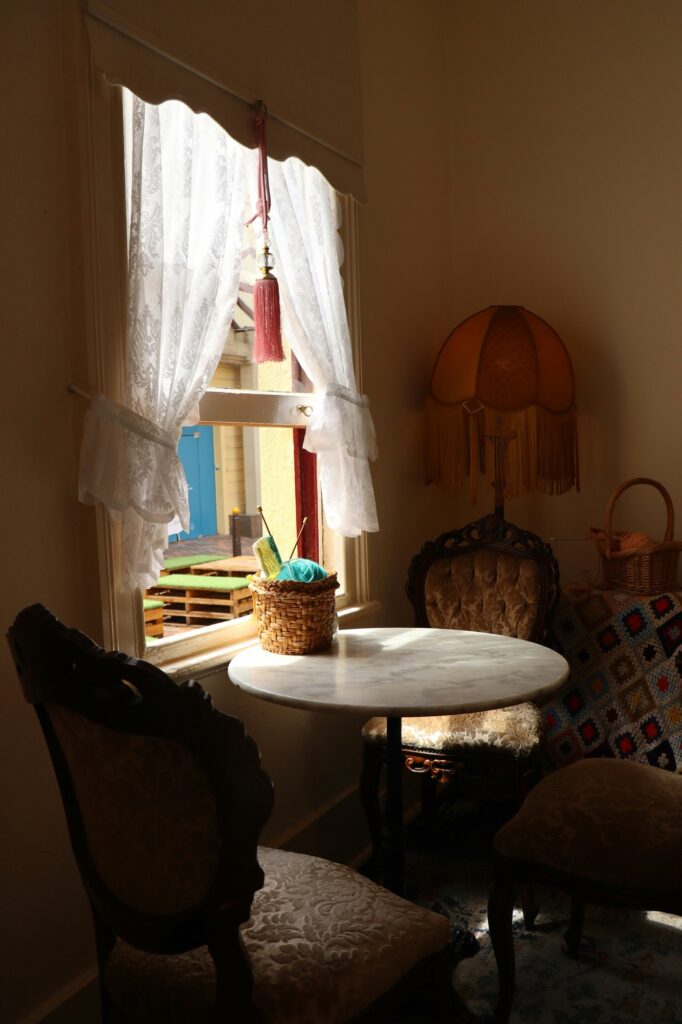
Moving on to the second step, after you’ve organized your space and improved the lighting, shift your attention towards creating a more comfortable environment.
For instance, start by selecting furnishings that are practical and also comfortable. Additionally, arrange them to allow easy movements around the room.
Incorporate elements of nature such as plants or natural materials like wood and stone around the house, as they have a calming effect on the mind and you feel more centred and rooted in life.
Moreover, its important to colour psychology into account when designing a space.
Using gentle, calming colours such as light blues, greens, and earthy tones helps to establish a peaceful environment.
Avoid extremely bright or intensely stimulating colours as they heighten the senses, in turn leading to unrest.
Feng Shui: Arrange your furniture and decor using Feng Shui principles to promote positive energy flow (chi) and harmony. Optimize your sleep quality by positioning your bed correctly, enhance natural light with the strategic use of mirrors, and maintain balance by decluttering regularly.
Enhancing Relaxation and Well-being
Creating a peaceful and calming home environment involves more than just the physical space – it’s also about prioritizing mental and emotional well-being.
Setting up areas that relax, an area where you can find an escape from the stresses of your daily lives. This can look like creating a comfortable reading corner with soft cushions and gentle lighting or carving out a special space for meditation or yoga practice.
The ambience of a spaces have a meaningful effect on our emotions. Adding elements such as wind chimes, indoor water features, or gentle music can help establish a serene auditory atmosphere.
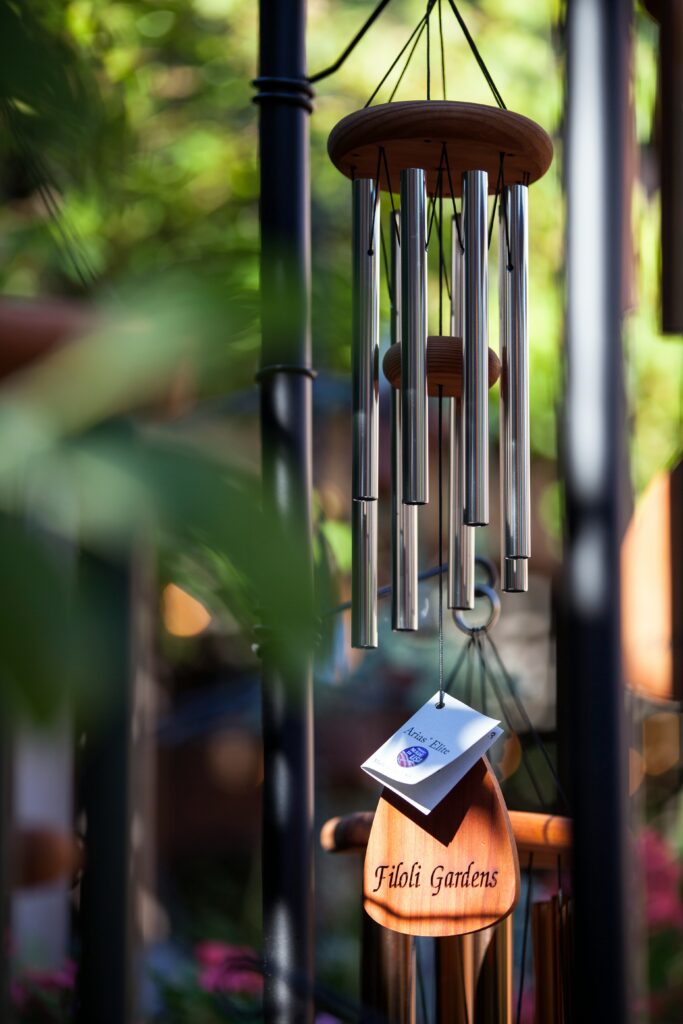
You can also try your hand at white noise machines or apps to minimize disruptive external sounds.
Sensory retreats in various areas of your home immensely foster relaxation. These could feature a combination of soft fabrics, tranquil hues, gentle fragrances, and ambient sounds to provide a soothing sensory experience.
Cultivating Daily Habits for Stress Relief
Creating a stress-free home environment means continuous effort and mindfulness. Thus it becomes essential to incorporate daily practices into our day-to-day lives that relaxes and minimize’s stress.
This involves practicing mindfulness or meditation, establishing a consistent cleaning schedule to avoid clutter buildup, and developing a calming bedtime routine to help your body unwind.
It’s very important to prioritize healthy boundaries in our lives. Setting clear boundaries between work and home life, and prioritising activities that brings happiness and fulfillment.
Also, remember to have open and honest communication with your family members or roommates to ensure that everyone’s need for relaxation and personal space is respected. It’s important to create a supportive and respectful environment for everyone.
Some fun tips to try
1. Digital Detox Zone
You can create dedicated spaces in your homes, such as a cosy nook or reading corner, where electronic devices are not allowed. This area should be a screen-free zone enabling relaxation and calm reflection.
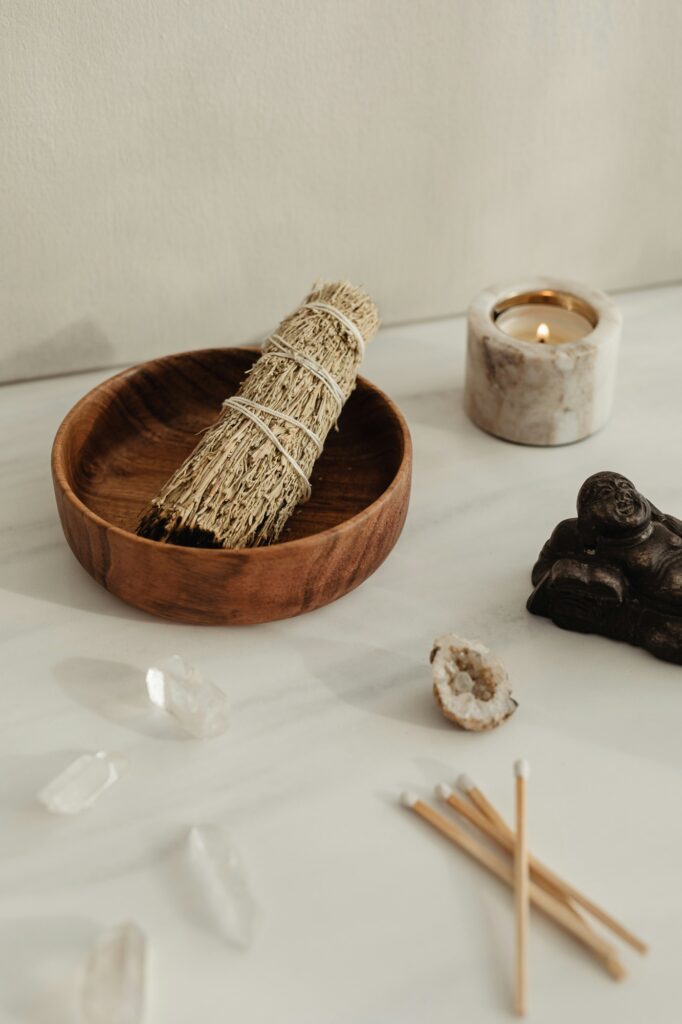
2. Scent Therapy
Tap into the power of aromatherapy by using essential oils or scented candles. Aromas such as lavender, chamomile, or eucalyptus have calming effects and aids in lowering stress levels.
3. Biophilic Design
Add biophilic design elements into your space by adding indoor plants like peace lilies, snake plants, and spider plants. These plants not only purify the air but also contribute towards creating a serene and soothing ambience.
TL;DR
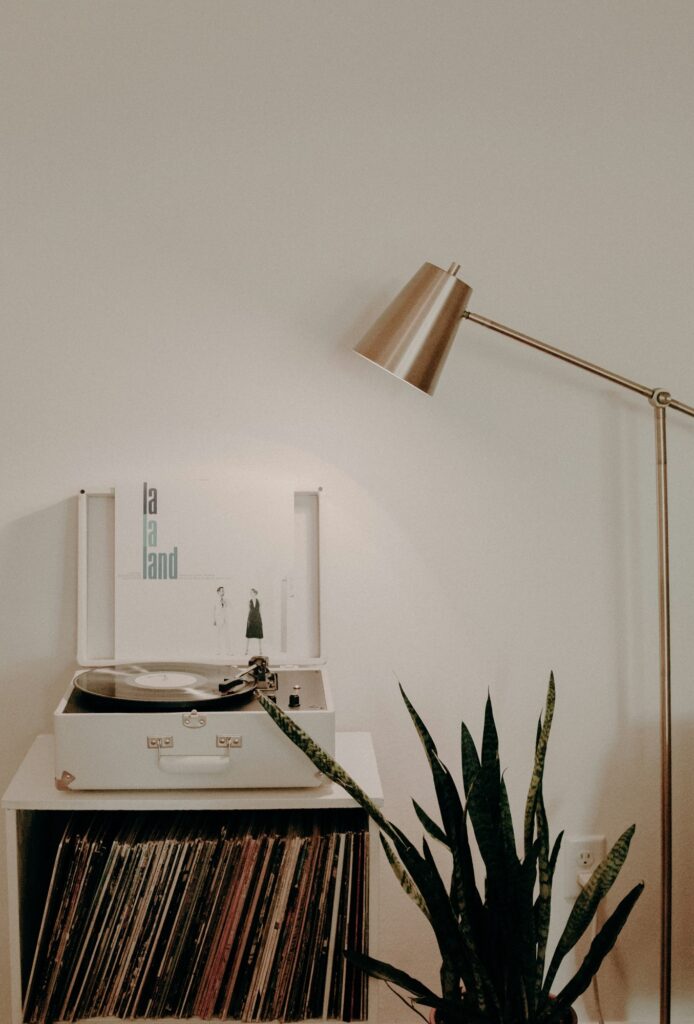
- Creating a stress-free home requires conscious effort in decluttering, optimizing natural lighting, and incorporating elements of nature.
- Design your space for comfort and harmony with functional furniture and soothing colours.
- Apply Feng Shui principles for positive energy flow. Establish relaxation zones and incorporate calming soundscapes.
- Cultivate daily habits like mindfulness, regular cleaning, and setting healthy boundaries.
- Try fun tips like a digital detox zone, aromatherapy, and biophilic design with houseplants to further enhance tranquillity and well-being.
FAQ’s
Why does my home feel so stressful, and how can I change that?
Creating a peaceful home is so important. I know that clutter, noise, and unresolved conflicts can make it feel overwhelming. It’s really helpful to start by decluttering your space, setting aside time for family relaxation, and calmly addressing any ongoing issues. Even small changes can make a big difference in creating a peaceful atmosphere.
How can I help my family unwind after a hectic day?
Remember to prioritize establishing a routine that includes downtime. It can be incredibly beneficial for everyone’s well-being. Encourage activities like reading, listening to music, or having a quiet family dinner. Creating a cozy, inviting space where everyone can relax together helps reduce stress and promotes a sense of calm. Take care!
What are some practical ways to reduce noise and chaos at home?
Don’t forget about setting aside some special quiet moments during the day, especially in the mornings and evenings. You can play some gentle background tunes, try using noise-cancelling materials if you can, and create different areas for loud and quiet activities. It’s also helpful to talk to kids about why quiet times are important to help keep a calm and peaceful atmosphere.
How can I create a supportive and positive atmosphere at home?
Make sure to keep communication open and encourage everyone in the family to share their feelings and concerns. Take the time to express gratitude by telling each other what you appreciate about them every day. Also, remember to give praise for good behavior and show love and affection to create a supportive and caring atmosphere.
What role does physical space play in reducing stress at home?
It’s important to consider the layout and organization of your home, as they can significantly affect your stress levels. By arranging your furniture to promote easy movement and creating comfortable, clutter-free areas, you can make your living space more relaxing. Consider adding elements like plants, soft lighting, and personal touches to make your home feel more inviting and serene.
How can mindfulness and relaxation techniques be incorporated into our daily routine?
It can be really helpful to introduce some simple mindfulness practices into your daily routine. You might want to consider deep breathing exercises, meditation, or yoga. Encourage yourself and your loved ones to take short breaks throughout the day to practice these techniques. Making these activities a regular part of your day can help everyone manage stress more effectively and feel more centred.
